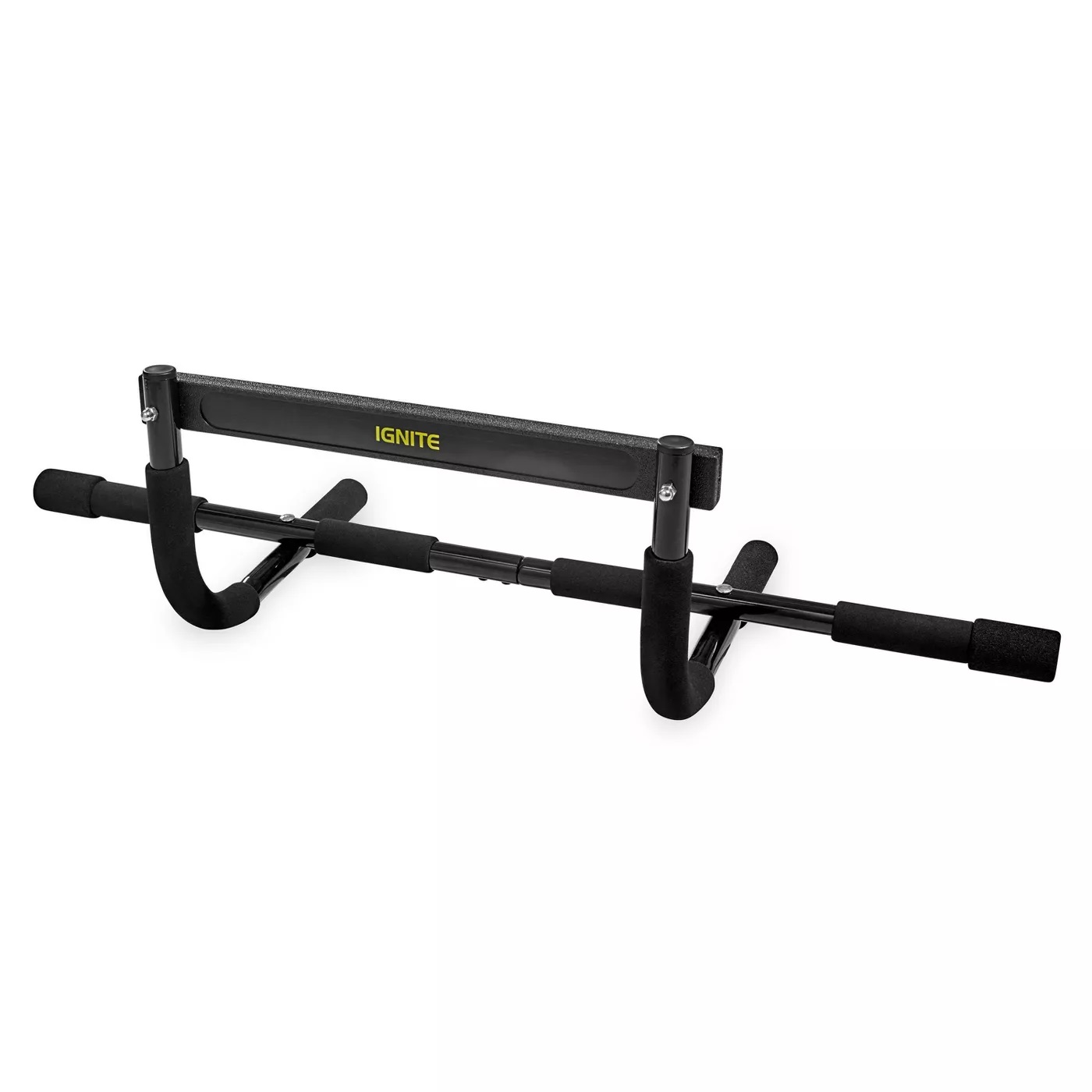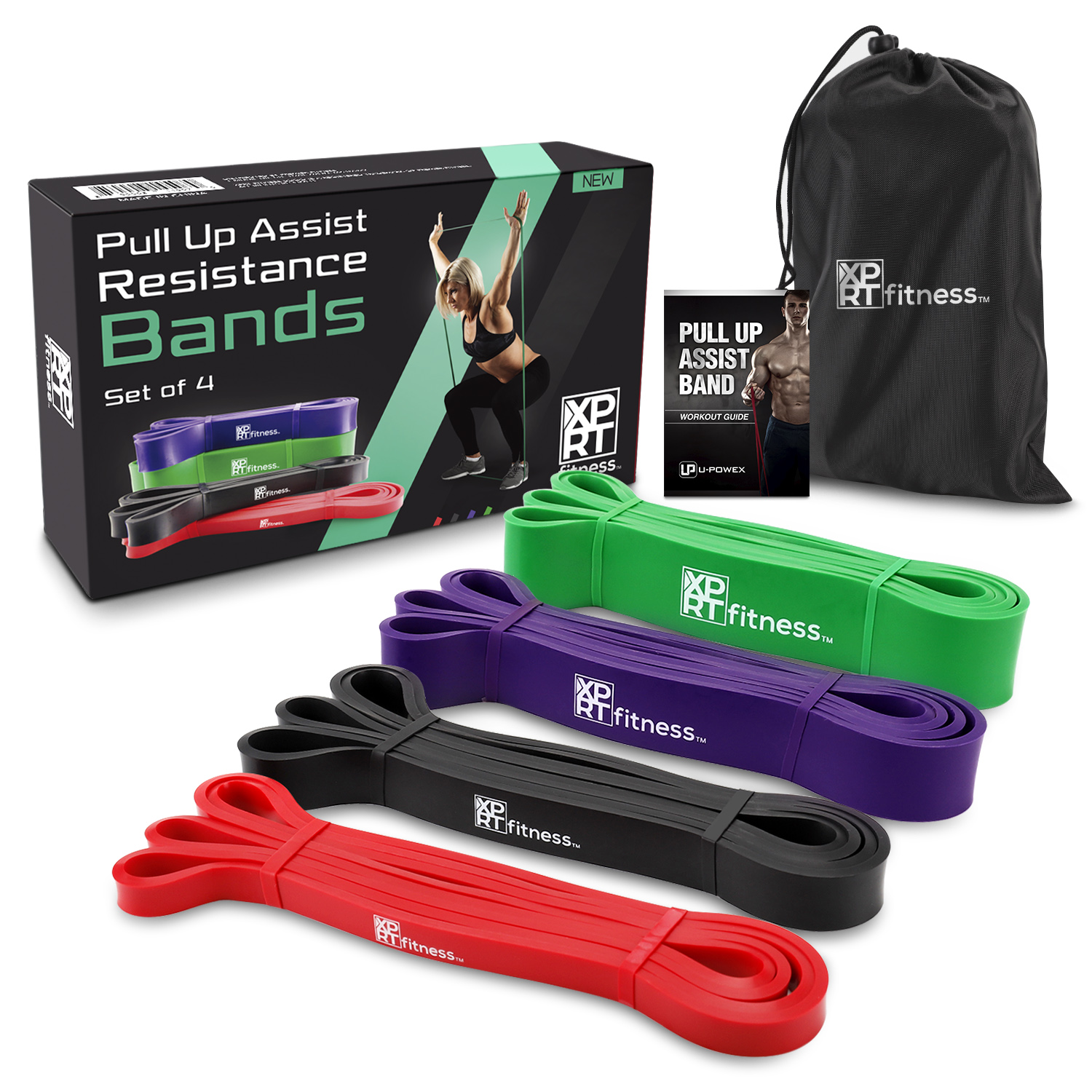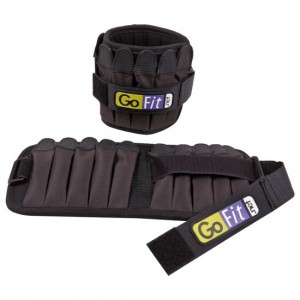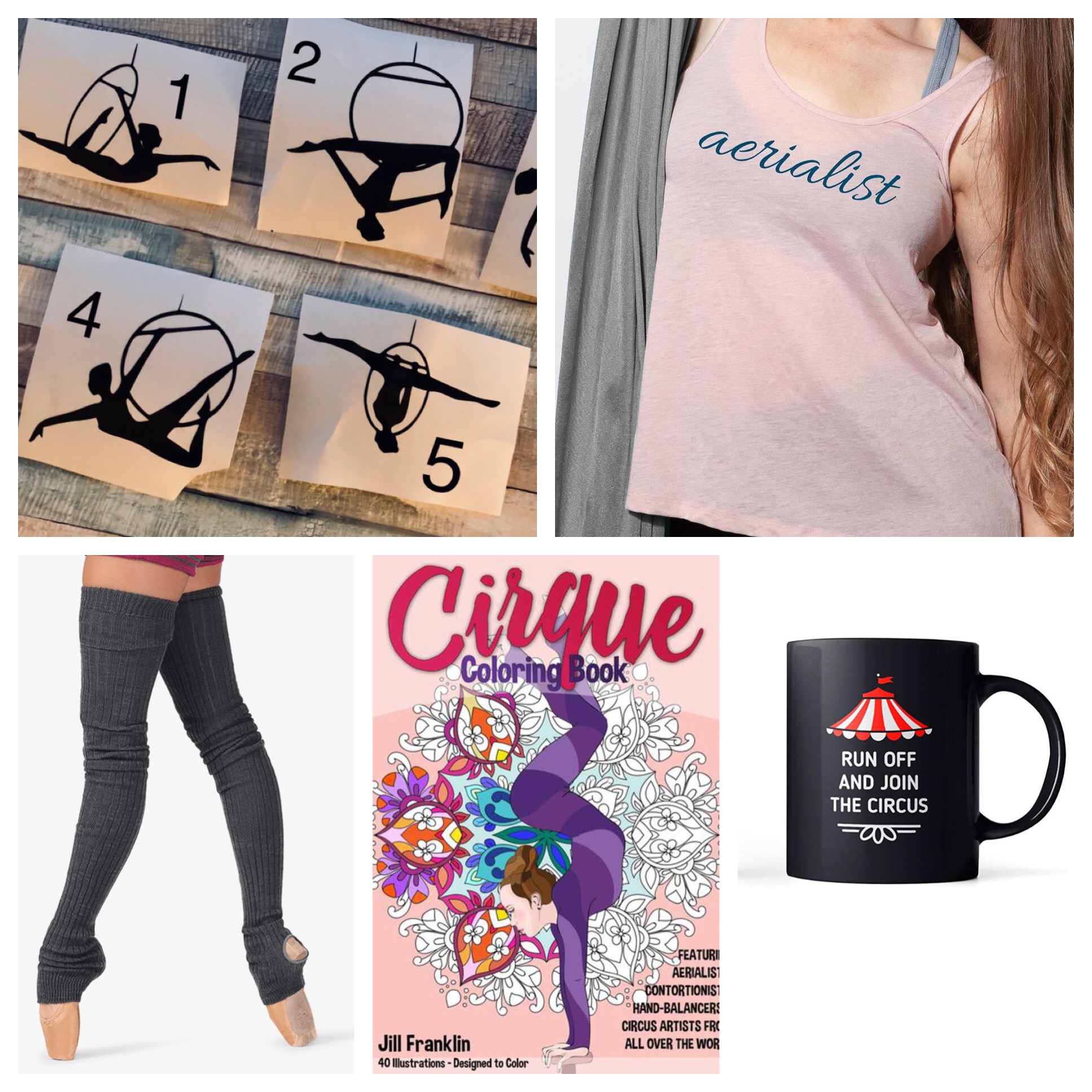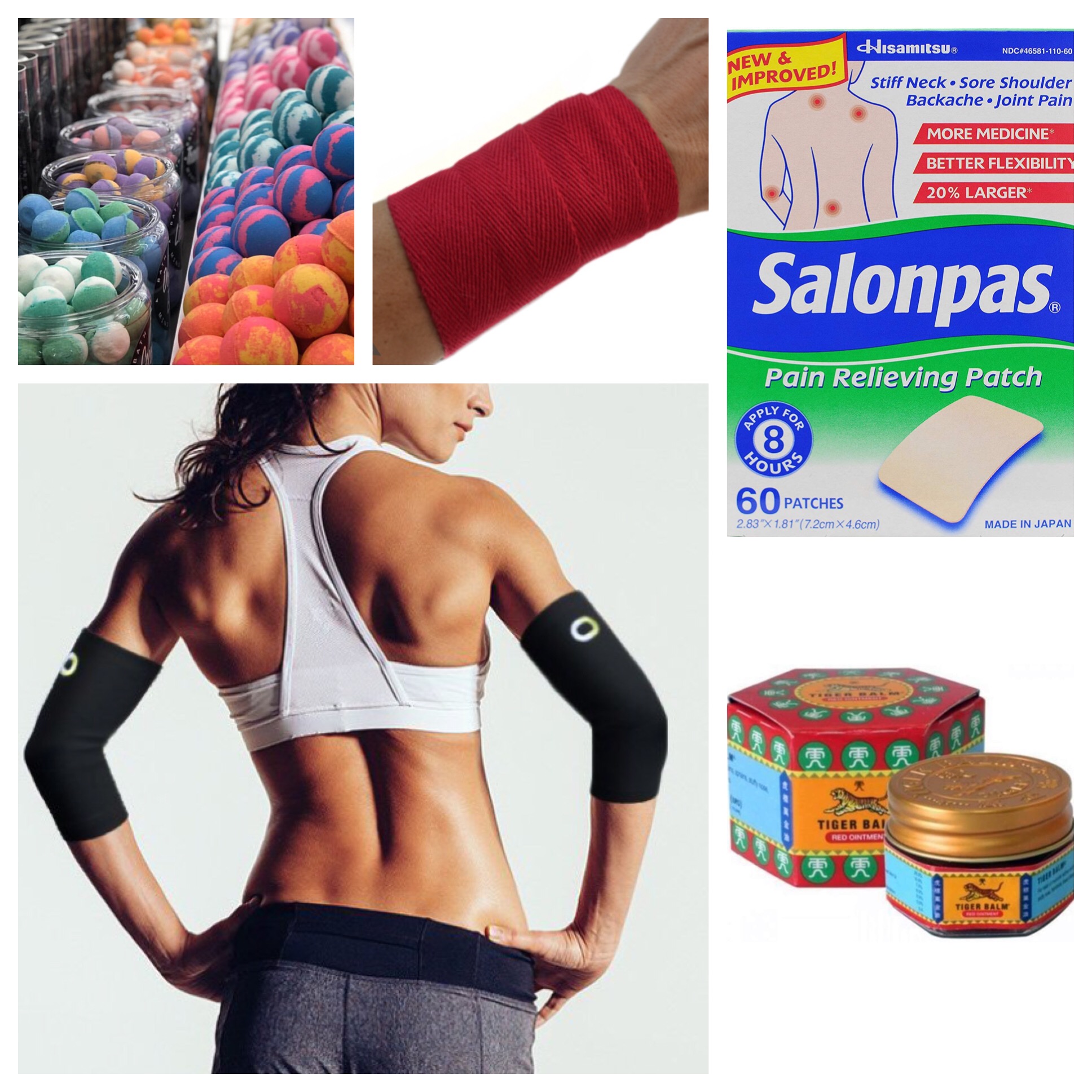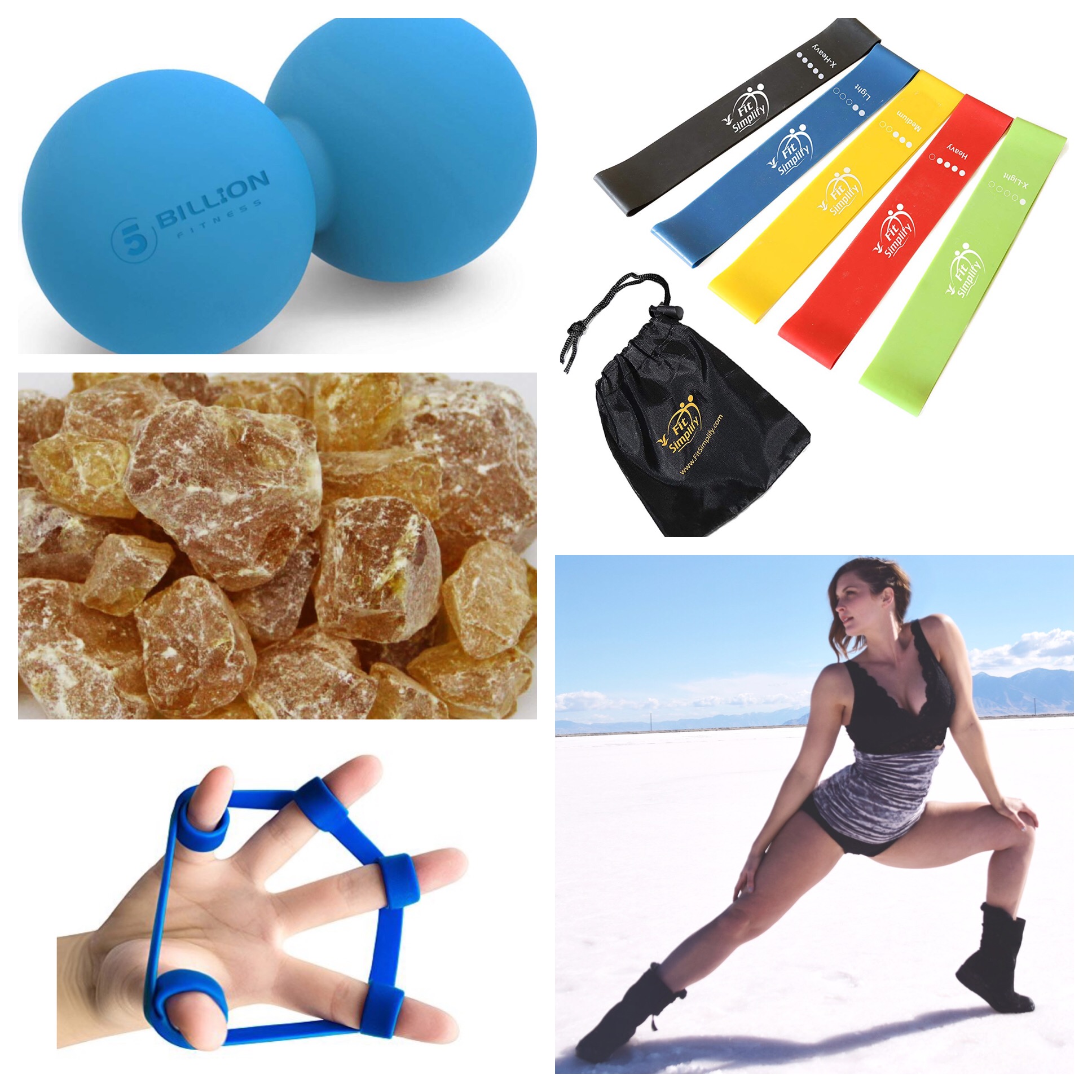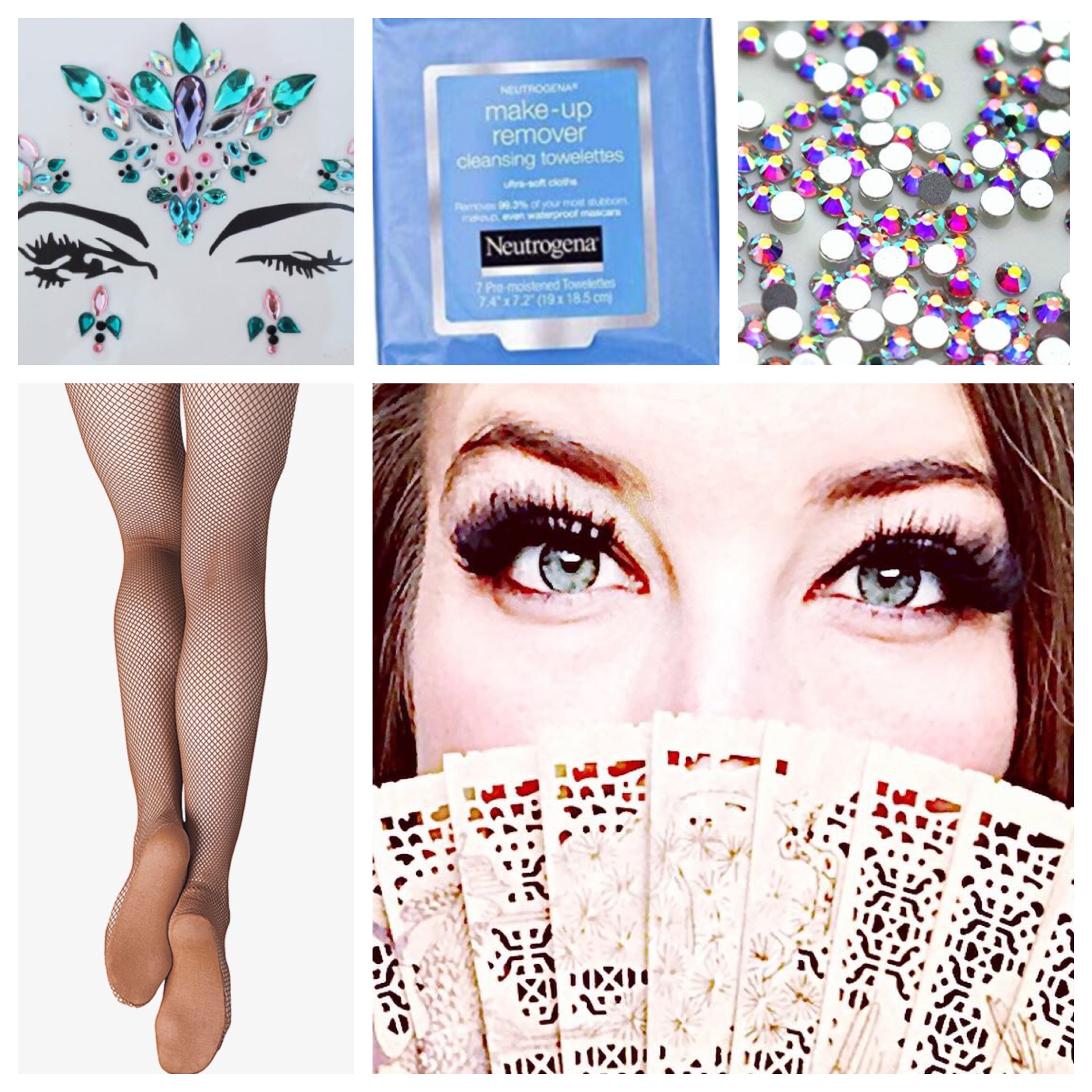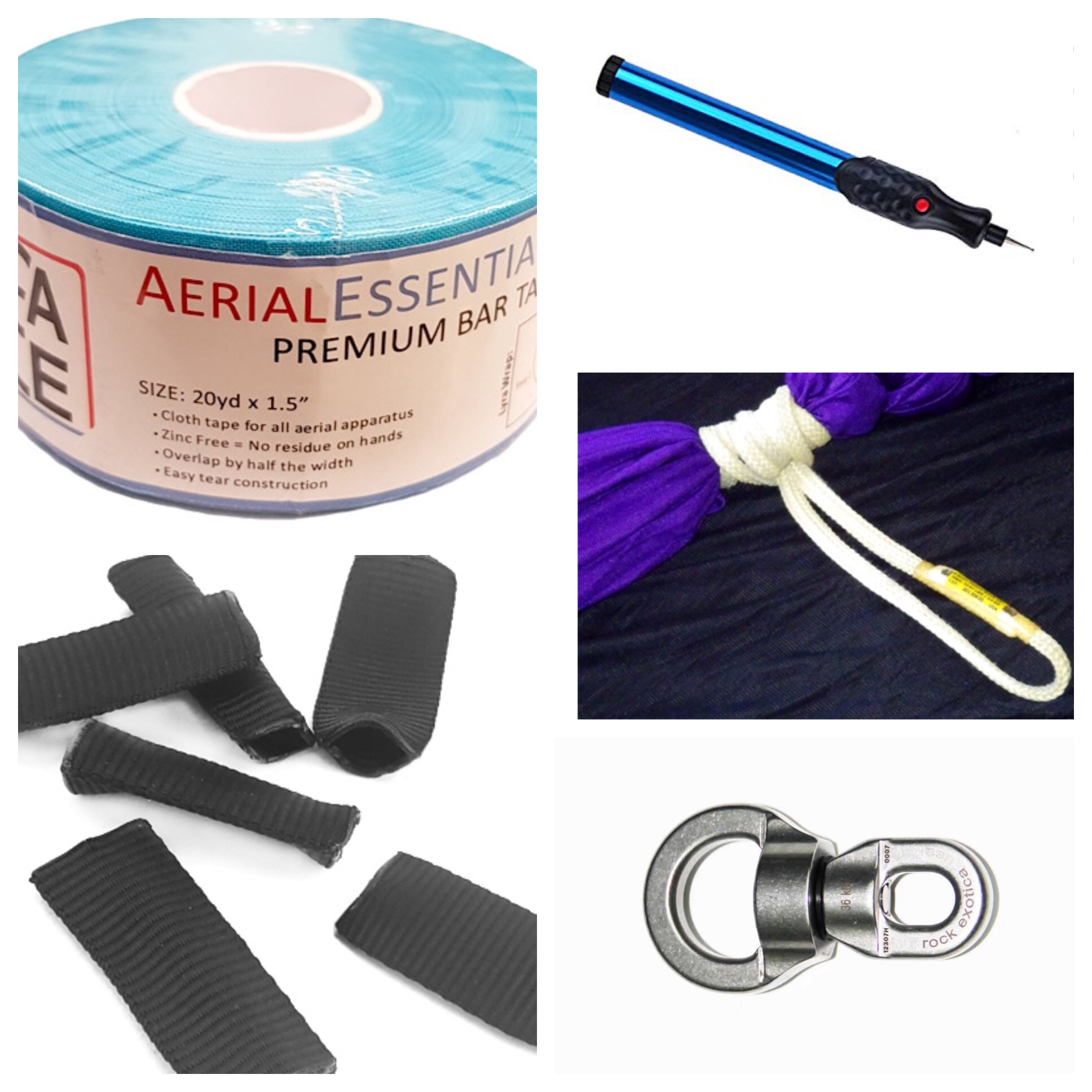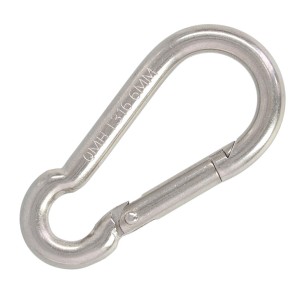About 6 months ago, two things happened to me:
(1) I got a shoulder injury.
(2) My studio grew so much that it felt like I got kicked out of it. For the first time in our 4 year history, I wasn’t teaching any classes (or if I was, a student-teacher was doing all the demoing), and the rare times I came in to maybe train, I was inundated with studio-owner questions, or found the studio occupied during what used to be my “self-training” time and needless to say, training for me just wasn’t happening.
All that to say, over the past 6 months, I have become REALLY good at working out at home. So, when this whole stay-at-home-due-to-Coronavirus-shut-down happened, I got inspired to write my first blog in almost a year! (Fun fact: this is the 98th blog on this website — only 2 more till 100)!
In this blog, I’m going to share with you my TOP 10 LIST for at-home training equipment that I feel is necessary for quality home workouts. I’m secretly hoping to convert into a lifer — someone who continues to have a home workout practice even when your access to aerial equipment returns. Because I will let you in on a shocking truth — I’m not strong because I do aerial. That may be part of it, but I could aerial all day with bad form and lazy technique. I’m strong because aerial motivates me to work hard in my home workouts, and those take place apart from my aerial technique training. It’s the reason I can walk into the studio and impress my students with 10 seconds of cold hard-core aerial any time of day. I work hard to stay in such good shape that their hardest workout doesn’t even phase me. Take that! (Although I have some students catching up to me now…just sayin.)
I’ve heard it said it takes 30 days to set a new habit, so join me in making this your new thing for the coming month. Start a new habit and see results that might surprise you when you return to the air!
Home Workout Item #1: A Blank Calendar
Print out a blank calendar. Write down your workout each time you train and take notes on what body part is your focus. If you come across any weakness that you need to work more on, write it down.
Example: https://www.vertex42.com/calendars/printable-calendars.html
Keeping track was one of the best things I could have done. Why? It’s like giving myself a high five for doing the workout. Getting to write down that I worked out helps me to feel accomplished as much as the workout itself. I recognize training gaps or am reminded that it’s been a while since I’ve worked my back and need to target that once again, etc. If I identify any weak areas, I focus on them in my workouts and train in appropriate periods of rest and recuperation to allow for my muscles to grow and adapt.
Trust me. Just do it.
Home Workout Item #2: A Pull-Up Bar
Tip: I like the one (like link above) that you can hook over the door and doesn’t need to be drilled into the wall. If you’re worried about the pull-up bar leaving marks on the doorframe, add a towel underneath it for extra cushion between the bar and the door.
If you’re looking for aerial strength-training, you need to be doing pull-ups, and it’s really hard without a pull-up bar. So just get one. Thank you.
Home Workout Item #3: Pull-Up Assist Bands
These are thicker than your typical resistance bands (which you need and are next). These are going to help you per-fect your FORM which needs more work than you think. If your pull-up looks like your trying, then you are aren’t trying hard enough. You pull-up should be so well-executed that you look like your floating upwards and everyone watching is wondering what’s happening?! How are you levitating like that?!
Are you that good yet? If you are, tag me on instagram to show me that you’ve arrived. (@borntoflycurriculum #aerialtraining)
How to use the pull-up assist bands: Hitch them around the pull-up bar. Put your feet in the loop and use them to help lift your weight as you do the pull-ups (and all their wonderful variations that you can learn in my online courses if you want). You can also use them as in warm-up by sitting on the ground underneath your bar and pulling down on the bands. This is also a great option if you’re just starting out and need less intensity on the pull-ups. This pictures below are from my aerial training program. I’m using a trapeze bar, but this could also be a pull-up bar you have at home.
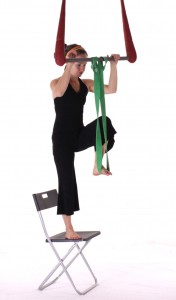
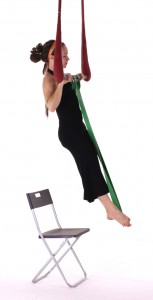
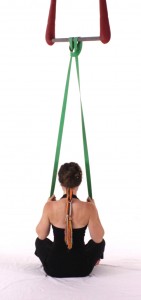
Home Workout Item #4: Resistance Bands
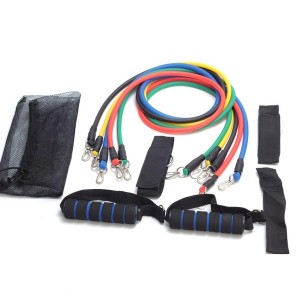
Resistance bands are a MUST when you want to target the smaller stabilizing muscles of the shoulder such as the external rotator cuff muscles. This is the training known as “pre-hab” and we do it to prevent the need for “rehab.” I mentioned a shoulder injury at the start of this article. The thing that saved me was the fact that I have a quality set of resistance bands at home which I used prior to my injury (so it wasn’t as bad as it could have been) and used to help me regain strength post-injury (so that I rebuild proper strength to prevent any further or future injury).
Home Workout Item #5: Ankle Weights
Link to ankle weight from Best Buy.
I love my ankle weights! I have a studio set so that I can send students into the air frequently with ankle weights on. When you are first starting, body-weight might be enough, but if you’re dedicated to your sport, you will soon find that you’ll need that something extra to push you to the next level.
There are so many ways that I use weights — frequently in my flexibility training as I work end range strength or to target various muscles that are hard to get with just body-weight only. One of my favorite things about ankles weights is the feeling of weightlessness I get when I take them off. 🙂
The ankle weights pictured are for the ankle weight connoisseur. They are adjustable in weight, allowing you to adjust by taking weight rods in and out. These are the ones I have, but I typically just leave them at the max weight all the time, so probably a feature not really needed. It was a nice thought though.
HINT: The more ankle weights you own, the less you’ll need a set of hand-held weights. Just stack up the ankle weights on your arms, wrists, etc.
Home Workout Item #6: Cardboard or Paper Plates
Yeah, a break from all the spending! I really don’t want to break the bank setting up a home workout system (I would rather you spend your money on quality aerial classes afterall), so this one is nice and cheap. Take the cardboard from one of the boxes that delivered one of the above items, and cut it up until you have nice squares that you can slide around on. These are perfect for sliding into splits for active flexibility challenges or working on your core strength in plank sliders. I use these a lot in my classes, so it’s no surprise to my students to see this item listed here!
Home Workout Item #7: Foam Roller
Link to foam roller from Walmart.
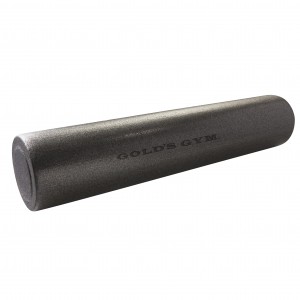 The last 4 items on my list here are for the more relaxing part of the workout that comes at the end or on days that are focused on recovery, stretching etc. Both the foam roller and the next item — the lacrosse ball– are for myofascial release specifically, which is a form of massage that will help your body release after a tough workout or release tension or tightness in a muscle or the fascia surrounding it.
The last 4 items on my list here are for the more relaxing part of the workout that comes at the end or on days that are focused on recovery, stretching etc. Both the foam roller and the next item — the lacrosse ball– are for myofascial release specifically, which is a form of massage that will help your body release after a tough workout or release tension or tightness in a muscle or the fascia surrounding it.
Home Workout Item #8: Lacrosse Ball
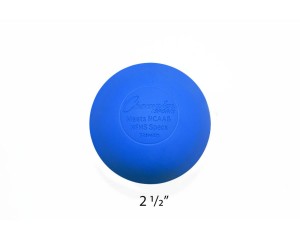
I never knew one little lacrosse ball would be such a good friend to me. I use it all the time to rub out my pec minor especially. I have one in the car that my 4 year old son knows I will pull out whenever we are in line somewhere. He pulls it out for me and will even start rubbing it on my shoulders for me! Yes, this Mama loves her self-care time.
One of the factors that led to my last shoulder injury was an overly tight pec minor, so I have learned first-hand the difference in shoulder health that can be had from self-massage time with this tool. I use it a lot now.
Home Workout Item #9: Yoga Blocks
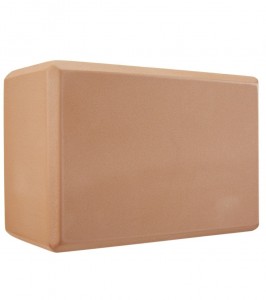 If you do yoga, you likely already have yoga blocks already. If you’re into being flexible, you probably do some version of yoga and therefore, my first sentence still holds. If you’re into aerial and haven’t started getting serious about your flexibility, now’s a great time to start! Incorporate into your workouts. Blocks are a great way to help access stretches in lovely ways making your body very happy while doing them.
If you do yoga, you likely already have yoga blocks already. If you’re into being flexible, you probably do some version of yoga and therefore, my first sentence still holds. If you’re into aerial and haven’t started getting serious about your flexibility, now’s a great time to start! Incorporate into your workouts. Blocks are a great way to help access stretches in lovely ways making your body very happy while doing them.
Blocks can double as a more conditioning-type tool when you squeeze them between your knees in various challenges or lift your leg over them in hip flexor training. I find myself using blocks all the time for all sorts of reasons, so had to include them on my list!
Home Workout Item #10: Yoga Mat
For the savasana at the end of your stretching that came after your hard-core aerial workout. It’s nice to have a mat for stretching and relaxation. You earned it.
WANT TO HOME-TRAIN? First, please check with your local aerial studio to see if they are hosting online classes. It’s a great way to keep supporting your local school. They will need your support to make it through this time. If your local studio isn’t providing online classes, or you’re looking to add to your schedule, I’d be happy to have you join my local group! During the month of Coronavirus-April 2020, we are going online at AerialWorks Castle Rock with our studio classes and you’re welcome to join in the fun. Follow this link to our studio calendar. Join any class that is labeled “online” and we’ll see you on zoom!
___________________________________________
About the Author
Rebekah Leach is the author of the entire collection of beloved aerial manuals. From hoop to sling to silks and rope, she’s covering it all! Her passion is education and her fun is torturing students to become better versions of themselves. She is the founder of Born to Fly Teacher Training Programs, AerialDancing.com, and her local studio is AerialWorks Castle Rock.

